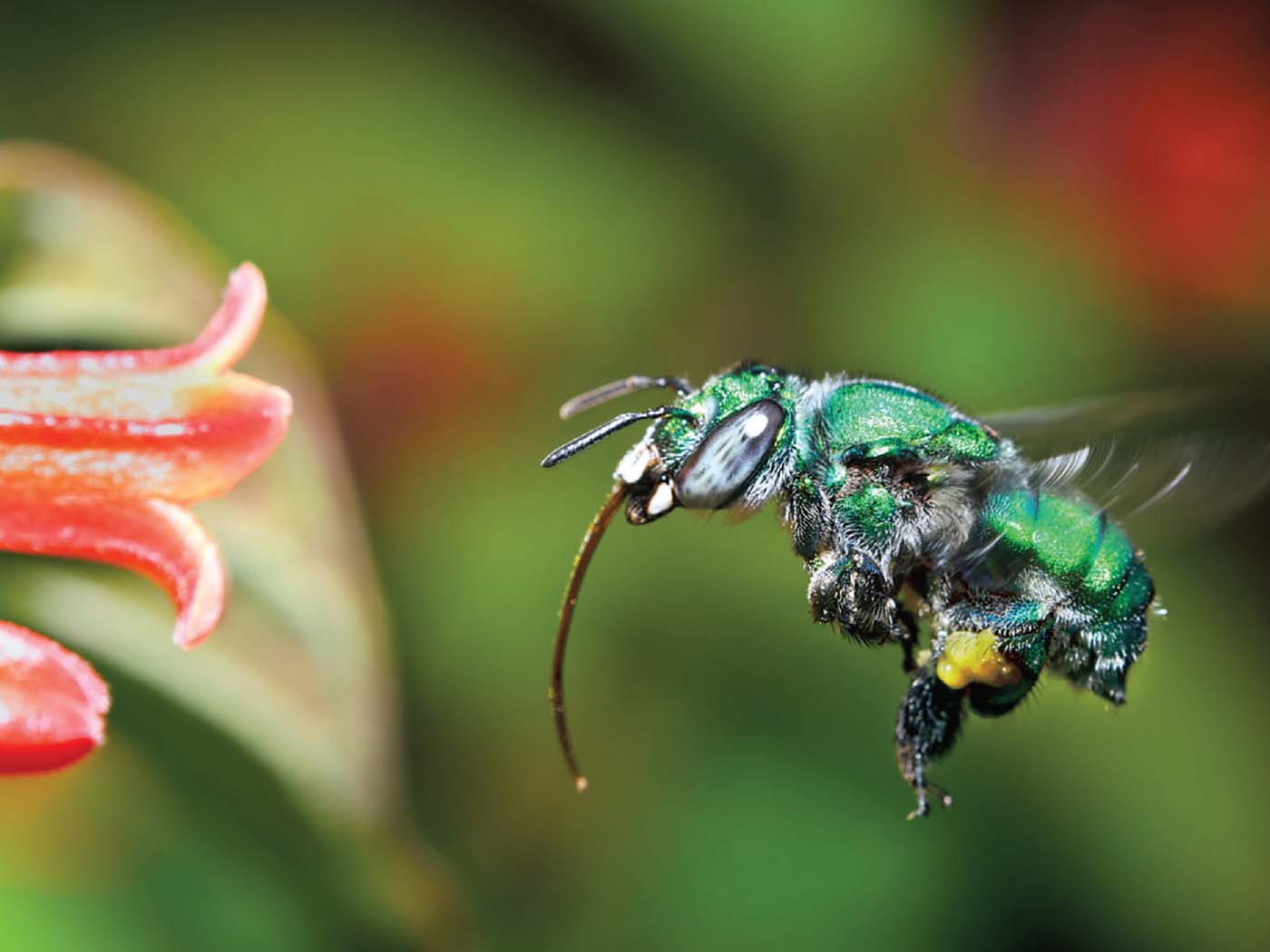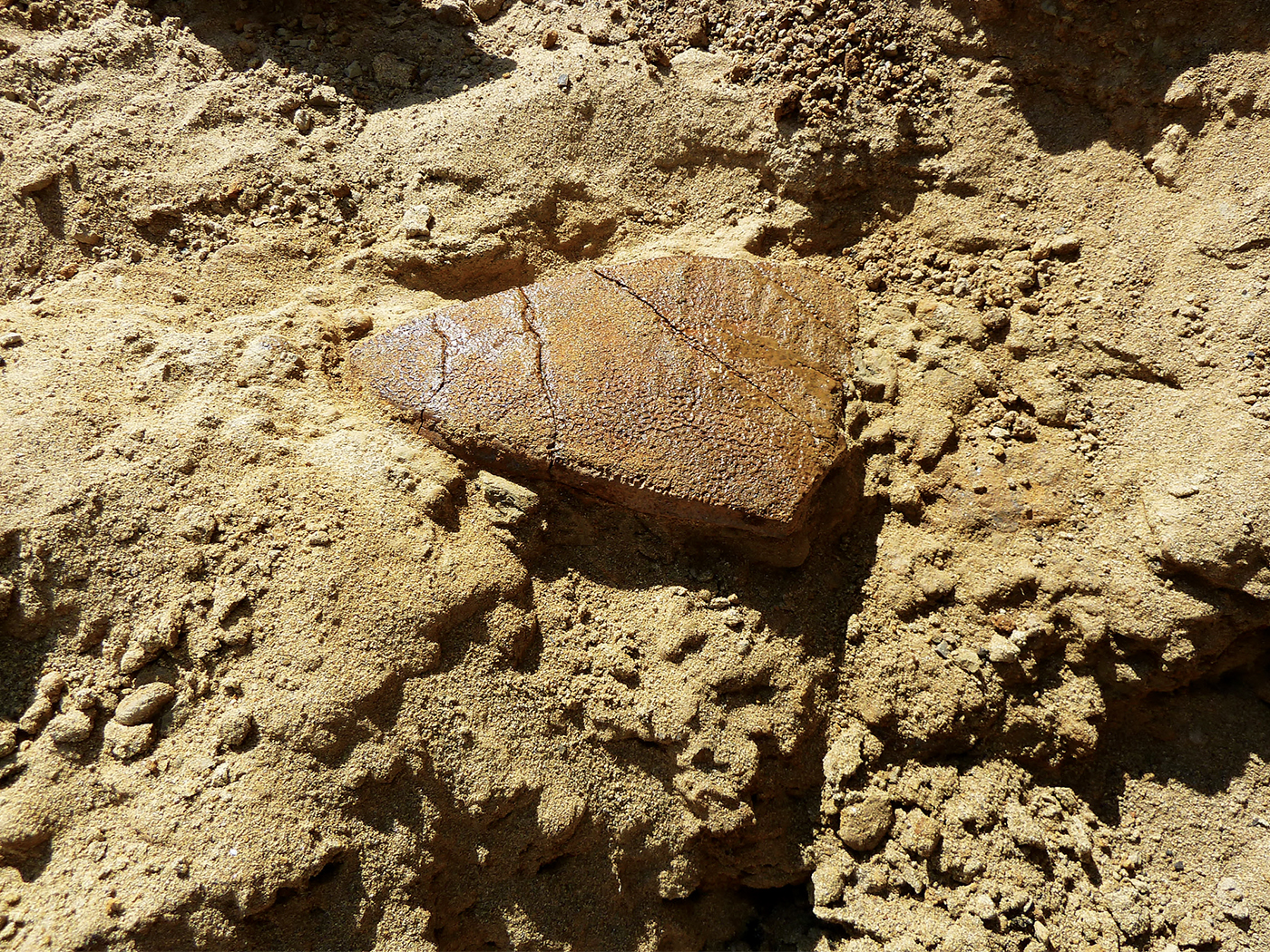The Cambrian explosion offers no help, since animals appeared suddenly—complete and fully-formed—supposedly over a half-billion years ago. The presumed ancestors of these sophisticated creatures aren’t found in the earlier layers of sedimentary rocks. The secular mystery deepens because the biological information required to produce these complex creatures would also have to arise naturalistically. In other words, the information to make Cambrian animals had to come from preexisting Hox and other regulatory genes. Hox genes, or homeotic genes, are a group of related genes involved in the development of the basic body plan whether vertebrate or invertebrate.
Recently, Chinese paleontologists have unearthed rare, Cambrian, soft-tissue fossils on a bank of the Danshui River in China’s Hubei Province.2 Their discovery includes sponges, branched algae, box jellies, and jellyfish. The researchers are calling it the Qingjiang biota, allegedly 10 million years older than the 500 million-year-old Burgess Shale of Canada.
None of these creatures are simple, of course.3 For example, an abundance of animals called cnidarians—a subphylum of the well-known coelenterates that include corals and sea anemones—have been found. Cnidarians have always been cnidarians, extending back more than 700 million years according to evolutionists using molecular clock analysis of mitochondrial genes.4
The article stated there were two very different fossil deposits, the Qingjiang and Chengjiang biotas, that are the same age but have just an 8% overlap in their taxa. Since creationists maintain these sediments were both laid down during the Flood, the differing biotas are interpreted as living in the pre-Flood world at different eco-sedimentary zones, but at the same time. They were buried in rapid succession about 4,500 years ago.
This fascinating news of soft-bodied taxa...is more evidence of sudden creation of complex life followed by death on a massive scale. ![]()
To conclude, if the Bible is true concerning a worldwide Flood, then ocean-bottom-dwelling creatures would be the first to be buried in billions of tons of sediments all over the world. And that’s exactly what scientists are finding. This fascinating news of soft-bodied taxa—the Qingjiang and Chengjiang biota out of China—is more evidence of sudden creation of complex life followed by death on a massive scale.
References
1. Huynh, M. Mongolian Microfossils Point to the Rise of Animals on Earth. NASA. Posted on nai.nasa.gov December 14, 2017, accessed May 9, 2019.
2. Fu, D. et al. 2019. The Qingjiang biota—A Burgess Shale–type fossil Lagerstätte from the early Cambrian of South China. Science. 363 (6433): 1338-1342.
3. Sherwin, F. 2011. “Relatively Simple.” Acts & Facts. 40 (7): 17; Sherwin, F. Not-So-Simple Plankton. Creation Science Update. Posted on ICR.org December 13, 2018, accessed May 17, 2019.
4. Park, E. et al. 2012. Estimation of divergence times in cnidarian evolution based on mitochondrial protein-coding genes and the fossil record. Molecular Phylogenetics & Evolution. 62 (1): 329-45.
*Mr. Sherwin is Research Associate at ICR. He received a master’s in zoology from the University of Northern Colorado.





















